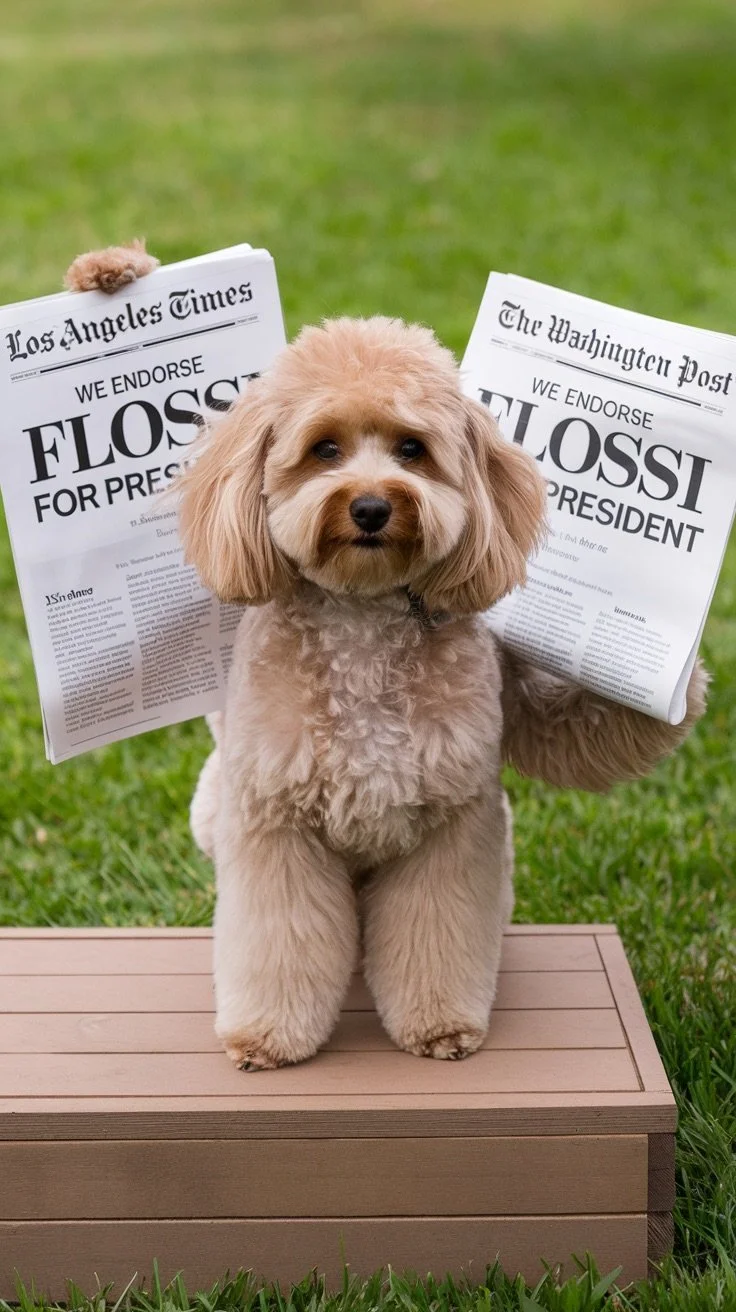What’s Black and White and …
Between 1850 and 1934, newspaper endorsements for presidential candidates evolved alongside the growing influence of mass media in American politics. Although the power of endorsements may have been different in the earlier period compared to the 20th century, here are some notable endorsements and trends during that time:
1. The New York Times
- 1872: Endorsed Horace Greeley (Liberal Republican), who also ran on the Democratic ticket against Ulysses S. Grant. Despite Greeley being the founder of another prominent newspaper (*The New York Tribune*), *The New York Times* supported him due to dissatisfaction with Grant’s first term.
- 1912: Endorsed Woodrow Wilson (Democratic) during the contentious three-way race against William Howard Taft (Republican) and Theodore Roosevelt (Progressive/Bull Moose Party). Wilson’s endorsement came during a split Republican Party, and *The Times* favoured his progressive vision.
2. The Chicago Tribune
- 1860: Endorsed Abraham Lincoln (Republican) in his first successful bid for the presidency. Lincoln’s association with Illinois made this endorsement significant, and the *Chicago Tribune* strongly supported his candidacy and abolitionist ideals.
3. The Cincinnati Gazette
- 1856: Endorsed John C. Frémont (Republican), the first-ever Republican candidate. The Cincinnati Gazette supported the abolitionist movement and the new Republican Party early, backing Frémont as part of a broader movement opposing slavery.
4. The New York Herald
- 1876: Endorsed Samuel J. Tilden (Democratic) in the highly contested election against Rutherford B. Hayes (Republican). The endorsement reflected the paper’s opposition to the Reconstruction policies of the Republicans and their preference for reconciliation with the South.
5. The Boston Globe
- 1896: Endorsed William Jennings Bryan (Democratic/Populist). The Boston Globe and many other progressive newspapers supported Bryan’s campaign, which focused on the free silver movement and championing the working class.
6. The Los Angeles Times
- 1912: Endorsed Theodore Roosevelt (Progressive) in his third-party run against incumbent Taft and Democratic candidate Wilson. The LA Times supported Roosevelt’s progressive policies and his “trust-busting” legacy.
7. The Atlanta Constitution
- 1932: Endorsed Franklin D. Roosevelt (Democratic) in his first bid for the presidency. This endorsement was part of a broader Southern shift toward the Democratic Party during the Great Depression, favouring Roosevelt’s promise of a New Deal and economic recovery.
8. The Baltimore Sun
- 1864: Endorsed Abraham Lincoln (Republican) for re-election during the Civil War. Though Maryland was a border state, *The Baltimore Sun* supported Lincoln’s leadership and the Union cause.
9. The Pittsburgh Post-Gazette
- 1900: Endorsed William McKinley (Republican) for re-election, favouring his pro-business policies and the continuation of economic prosperity following the Spanish-American War.
10. The Philadelphia Inquirer
- 1876: Endorsed Rutherford B. Hayes (Republican), in a critical election marked by electoral disputes. The paper supported the Republican stance on Reconstruction and Hayes’s commitment to economic recovery.
General Trends:
Rise of Partisan Newspapers: In the 19th century, many newspapers were openly affiliated with political parties, so endorsements were often predictable and tied to the paper’s broader editorial stance. For example, Republican-leaning papers like The New York Tribune always backed Republican candidates, while Democratic-leaning papers supported Democrats.
- Shift Toward Objectivity: By the early 20th century, some newspapers began to adopt a more independent or centrist approach, though political endorsements still reflected editorial biases.
- Populist Movements: The endorsements of William Jennings Bryan in 1896 and Theodore Roosevelt’s third-party run in 1912 reflected a growing endorsement of more populist or progressive candidates during periods of economic uncertainty and calls for reform.


